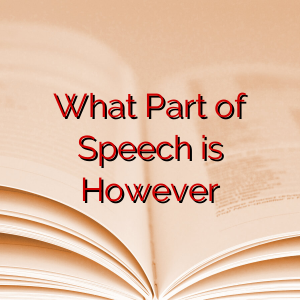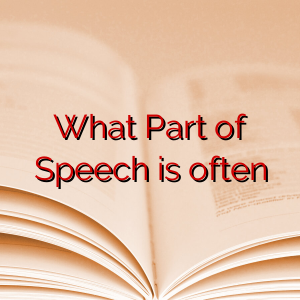What Part of Speech is Not [ Adverb, Conjunction, Adjective ]
In English, the word “not” is an adverb, a conjunction, and an adjective.
Adverb
As an adverb, “not” is used to negate or reverse the meaning of a verb, adjective, or other adverb. It is often used to form negative statements or questions. For example:
- “I am not hungry.” (negating the verb “am”)
- “She is not tall.” (negating the adjective “tall”)
- “He does not speak Spanish.” (negating the verb “speak”)
- “This food is not spicy.” (negating the adjective “spicy”)
- “She does not usually eat sushi.” (negating the adverb “usually”)
Conjunction
As a conjunction, “not” is used to connect clauses or phrases in a negative sense. It is often used to form negative compound verbs or negative compound adjectives. For example:
- “I will not go to the party.” (forming a negative compound verb)
- “She is not very happy.” (forming a negative compound adjective)
- “He does not want to go to the store.” (connecting clauses)
- “I am not convinced by your argument.” (connecting clauses)
- “She is not the only one who is upset.” (connecting clauses)
Adjective
As an adjective, “not” is used to negate or reverse the meaning of a noun or noun phrase. It is often used with a popular verb to form a negative statement. For example:
- “She is not a doctor.” (negating the noun “doctor”)
- “They are not students.” (negating the noun “students”)
- “This is not the right answer.” (negating the noun phrase “the right answer”)
- “He is not my husband.” (negating the noun “husband”)
- “She is not interested in the job.” (negating the noun phrase “interested in the job”)

Hello! Welcome to my Blog StudyParagraphs.co. My name is Angelina. I am a college professor. I love reading writing for kids students. This blog is full with valuable knowledge for all class students. Thank you for reading my articles.


![What Part of Speech is Also [ Adverb, Adjective, Conjunction ] What-Part-of-Speech-is-also](https://studyparagraphs.co/wp-content/uploads/What-Part-of-Speech-is-also-300x169.png)

